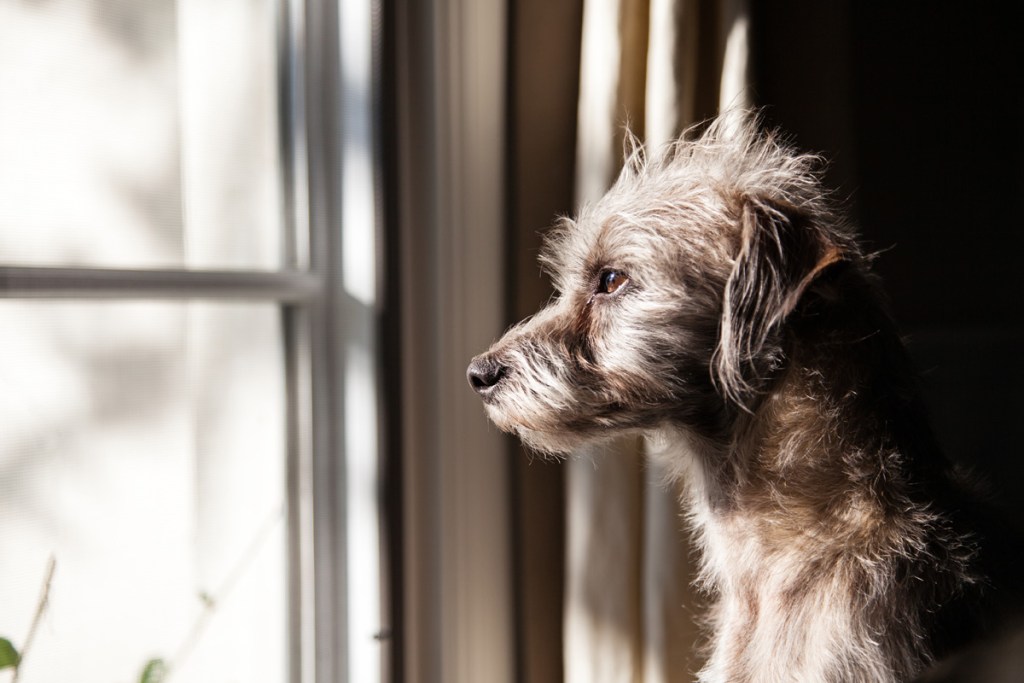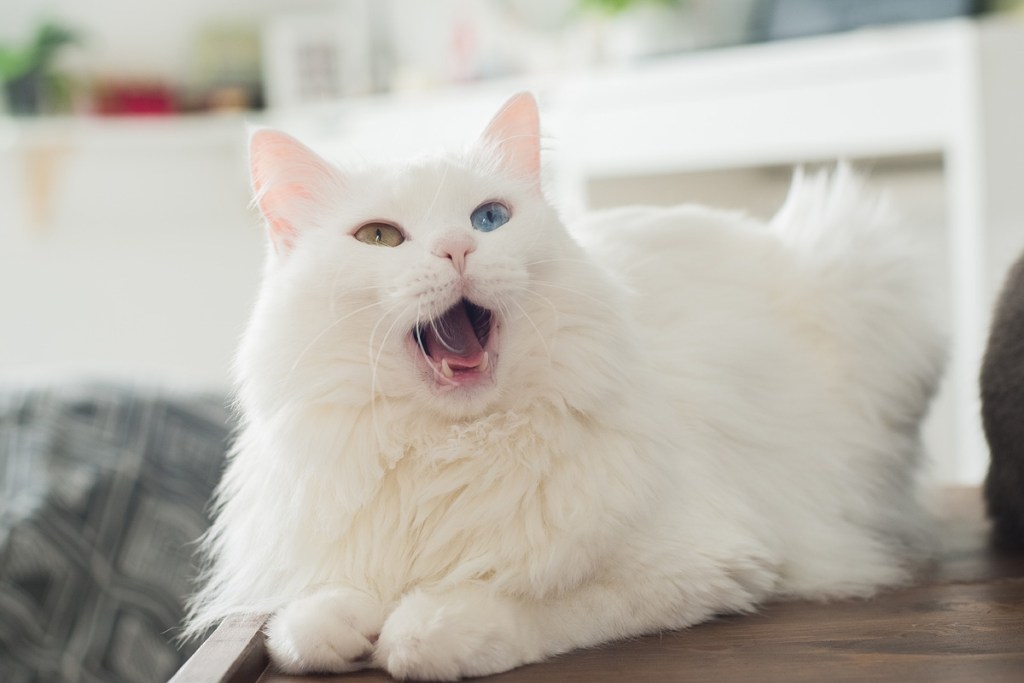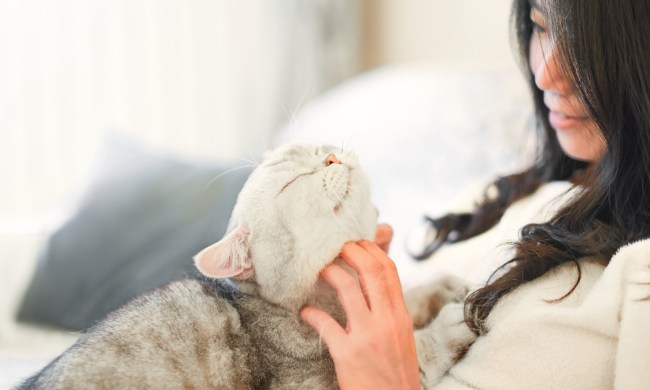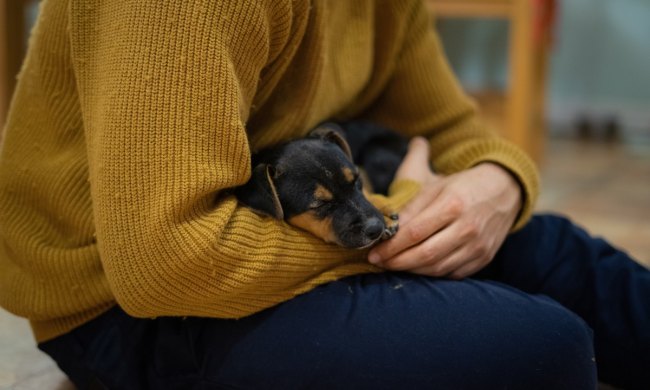Despite the spread of the coronavirus Delta variant, a lot of parents are eager for their children to return to the classroom so they can get back to work. As we welcome the fall across the U.S., older kids head to college while their younger siblings look forward to reconnecting with school friends. Not all family members, though, may be excited about the new routine. Dogs and cats enjoyed lots of attention during the summer months when the kids were home, and now that the house is empty, they may feel abandoned. For some pets, suddenly being left home alone can result in separation anxiety. Following are six ways to help your pet cope with back-to-school sadness.
Understand separation anxiety
According to experts at the James L. Voss Veterinary Teaching Hospital, Colorado State University (CSU), separation anxiety in pets is their inability to handle being alone. Dogs who suffer from this disorder are prone to stress every time the family leaves the house. While cats typically exhibit signs of stress when their owners leave for trips of multiple days, many can also suffer from isolation when the kids go back to school. When you know the signs and symptoms of separation anxiety, you can work to help your pet feel more comfortable when home alone.

Signs of separation anxiety in dogs
- Constant high-pitched barking, whining, or crying
- Inappropriate chewing on furniture, doors, or walls. Behaviorists at CSU say this often centers on chewing items where a family member’s scent is concentrated, like couches and beds, cellphones, remotes, or magazines.
- Drooling, shaking, or pacing
- Accidents in the house when the dog normally has no house-training issues
- In some cases, the family may return home to find the dog exhausted because he has been anxiously pacing all day.
Signs of separation anxiety in cats
- Excessive vocalization when the family is leaving the house
- Urinating outside the box or defecating on clothing or bedding
- Scratching on doors or window frames
- Loss of appetite
- Overgrooming throughout the day
Stick to a routine
Pets love routine, so try to keep their schedule as consistent as possible. If your pet’s feeding, exercise, and playtime schedule will change in the fall, start the new schedule before school starts. This will help family pets adjust to the new routine while everyone is still at home.
Practice leaving the house
In the weeks leading up to September, begin leaving your pets home alone. Start going out for just a few hours at a time and gradually build up to extended periods, allowing your pets to slowly adjust to being on their own. When dealing with anxious pets, behavioral experts say, it’s important to remain low key when leaving the house or returning home. So, no sad goodbyes or overexcited hellos. You don’t want your dog making any big connections to your leaving or coming home; these actions just become part of the family’s daily routine.

Provide enough exercise and playtime
In addition to morning and evening walks, your dog may have gotten used to midday walks or playtime. Ramping down that exercise and interaction due to schedule changes could leave your pet with pent-up energy, say behavior experts at the American Society for the Prevention of Cruelty to Animals (ASPCA). Cats will also miss fun interactions with owners who were around to play with feather toys or to give belly rubs. Be sure to schedule exercise and playtime with pets into your new back-to-school schedule. Remind the kids that their animal companions feel neglected and make sure everyone takes time out to engage with the family pets. For midday walks or playtime, consider hiring a pet sitter or dog walker.
Offer fun distractions
Interactive puzzles or treat-dispensing toys can be wonderful distractions for dogs. Stuffing a dog’s toy with a favorite food and then freezing it overnight can provide entertainment and satisfy any foraging needs when your dog is home alone. Also, be sure to leave your cat’s favorite toys lying around. Behaviorists at the ASPCA recommend rotating toys every day to keep things interesting for your pets.
Provide relaxing entertainment
Consider leaving light classical music playing when away from home. A 2012 study in the Journal of Veterinary Behavior found that classical musical helps reduce stress in dogs. Leaving a TV on can provide both auditory and visual stimulation that can help keep pets engaged. Cats, in particular, enjoy watching TV shows that feature animals.
Since many of the symptoms of separation anxiety could also mean a medical issue, it’s important to monitor your pet closely. If his symptoms don’t improve despite all your efforts to ease him into the new back-to-school schedule, it’s a good idea to have him checked out by a veterinarian. In the case of severe separation anxiety, a certified applied animal behaviorist or a veterinary behaviorist can help your dog or cat feel more comfortable being home alone.



